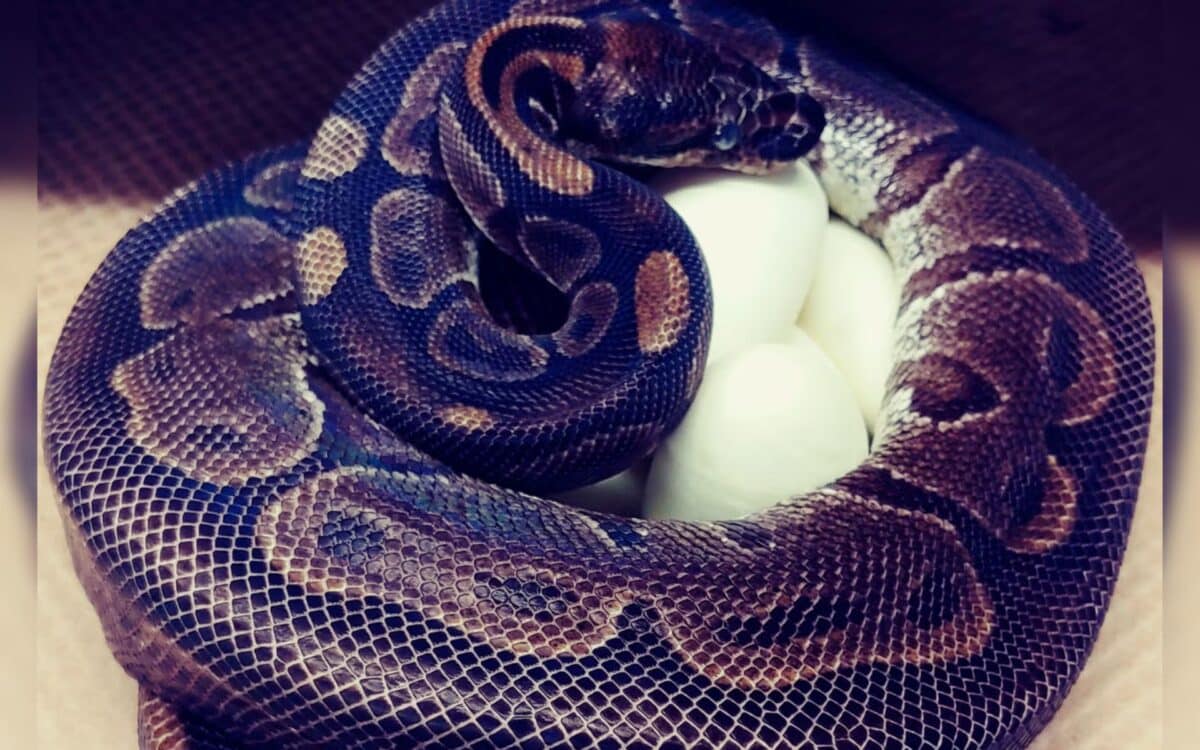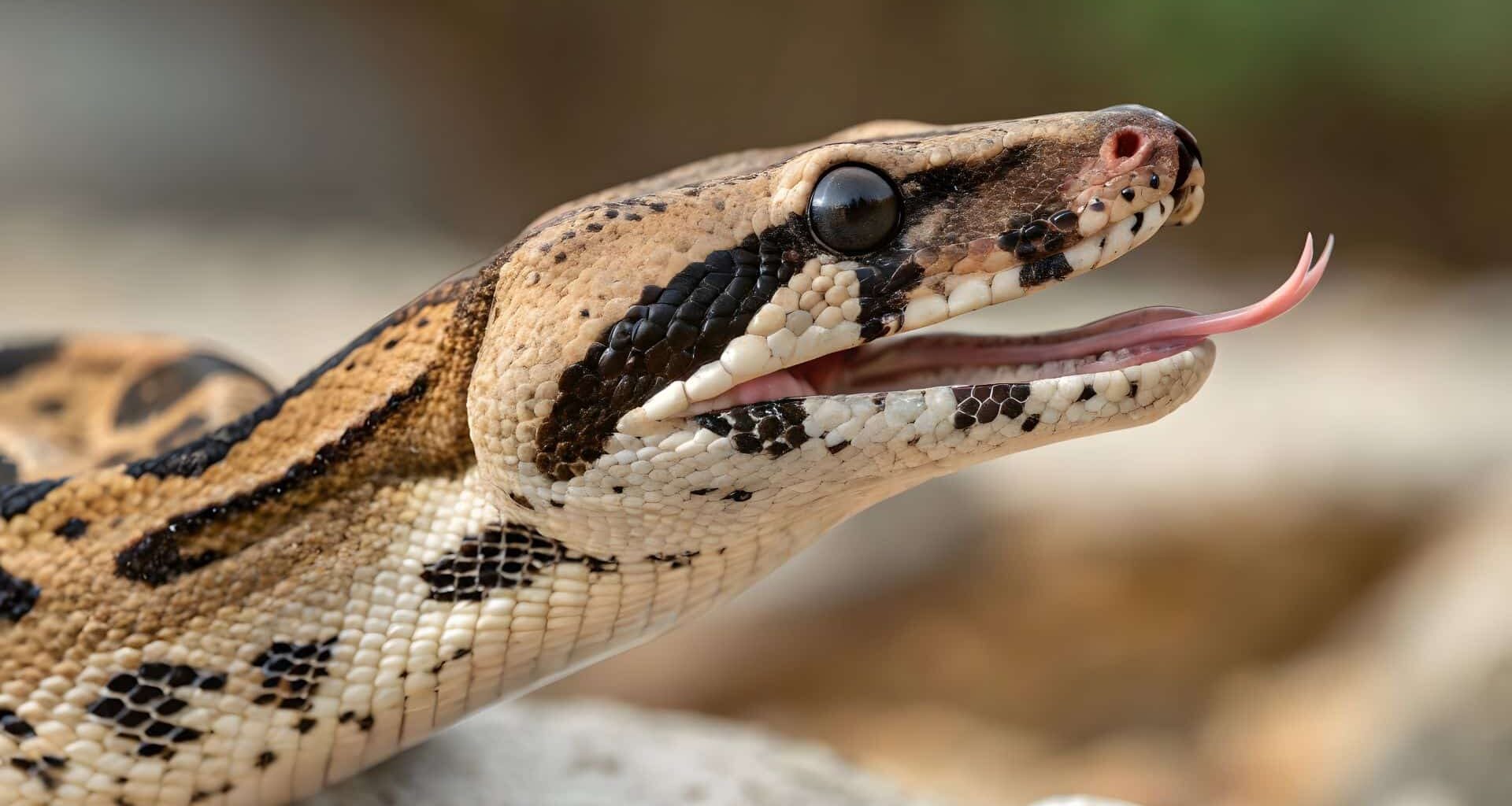In 2020, a female ball python at the Saint Louis Zoo in Missouri became the center of attention after an unexpected event. At the age of 62, this snake laid a clutch of viable eggs, an occurrence that baffled experts. Remarkably, she had not been in contact with a male for over 15 years, which led to questions about the process behind her reproduction.
According to IFLScience, this event raised the possibility of parthenogenesis, a rare form of asexual reproduction. The incident prompted researchers to examine whether this was an example of such a phenomenon or a different reproductive strategy at play.
A 62-Year-Old Snake Defies Expectations
The ball python, a species native to the grasslands of Central and Western Africa, typically lives up to 30 years in captivity. So, the fact that this snake reached 62 years is exceptional. As Mark Wanner, the manager of herpetology at the Saint Louis Zoo, told the Associated Press,
“She’d definitely be the oldest snake we know of in history,”
in reference to her producing eggs. Despite her advanced age, the snake‘s ability to lay eggs in 2020 raised questions about the nature of her reproduction.
What made this occurrence even more unusual was the fact that she had not been in contact with a male for 15 years, yet still managed to produce a clutch of eggs. In total, two eggs hatched, and one of the hatchlings survived. This unexpected event led experts to look into whether the snake had undergone a process known as parthenogenesis — a form of asexual reproduction where offspring are produced without fertilization by a male.
Parthenogenesis: A Rare and Intriguing Process
Parthenogenesis, literally meaning “virgin creation” in Greek, occurs when an egg develops into an embryo without fertilization. It happens through a process called automixis, where the egg merges with polar bodies, leftover cells from egg production, creating genetically similar offspring to the mother. Parthenogenetic offspring are usually all female and share many of the mother’s genetic traits.

While the phenomenon was once considered rare, it is increasingly recognized in a variety of animal species. The snake’s case raised the possibility that it was an instance of this reproductive strategy. The Saint Louis Zoo, in collaboration with university researchers, is currently investigating whether parthenogenesis was indeed the cause of this snake’s egg-laying event. This study will provide valuable insights into the prevalence of parthenogenesis in reptiles and possibly in other species.
The occurrence of parthenogenesis has been documented in over 80 species, including bees, tardigrades, and certain reptiles. It’s also been observed in some animals that can store sperm or eggs and only begin their reproductive cycle when environmental conditions are right. For example, some species of sharks and lizards have the ability to delay fertilization until the conditions are favorable, ensuring their offspring are born under the most optimal circumstances.
The Lasting Legacy of the Oldest Snake
The 62-year-old ball python’s legacy is more than just her age; her unique reproductive event has sparked a broader conversation about reproductive science and animal biology. Although she passed away in 2021, the snake’s story lives on, offering intriguing questions about the adaptability of nature and the extraordinary capabilities of even the oldest creatures.
Her unexpected motherhood at such an advanced age challenges many long-held assumptions about animal reproduction. Whether or not parthenogenesis occurred in this case, the legacy of this remarkable snake continues to shape scientific research. The Saint Louis Zoo is working with its academic partners to delve deeper into the genetics of the surviving hatchling and explore the potential implications of parthenogenesis for other reptiles and animals.

